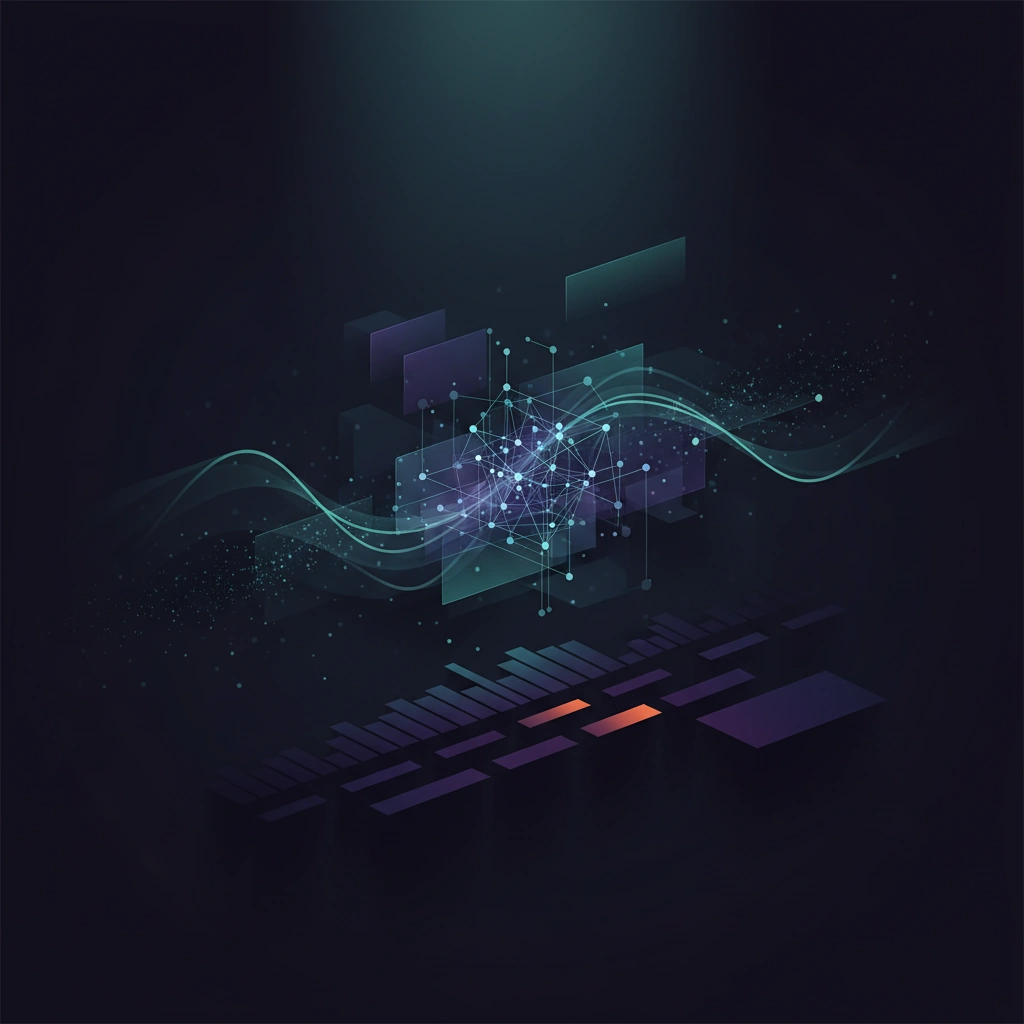Vector vs Graph vs Event Logs: Memory Systems for LLM Agents
Technical comparison of memory architectures for AI agents: vector databases for semantic search, graph structures for relationships, and event logs for temporal reasoning. Each approach offers distinct advantages for agent performance.

As AI agents become more sophisticated, the way they store and retrieve information has emerged as a critical architectural decision. Three primary memory systems have gained traction in production environments: vector databases, graph structures, and event logs. Each approach offers distinct advantages for different agent behaviors and use cases.
Vector Databases: Semantic Memory Through Embeddings
Vector databases represent the most widely adopted memory system for LLM agents. By converting text into high-dimensional embeddings, these systems enable semantic search that goes beyond keyword matching. When an agent needs to recall relevant information, it converts the query into an embedding and performs similarity search across stored vectors.
The technical advantage lies in the mathematical properties of embedding spaces. Similar concepts cluster together in vector space, allowing agents to retrieve contextually relevant information even when exact phrases don't match. Popular implementations include Pinecone, Weaviate, and Chroma, each optimizing for different scales and latency requirements.
However, vector databases have limitations. They excel at retrieving similar content but struggle with complex relational queries. An agent trying to understand "who introduced me to whom at which conference" would find pure vector search insufficient, as the relationships between entities aren't explicitly modeled in the embedding space.
Graph Structures: Modeling Relationships Explicitly
Graph-based memory systems address vector databases' relational blind spots by explicitly modeling connections between entities. In a graph structure, nodes represent entities (people, places, concepts) while edges capture relationships (knows, located_in, precedes).
This architecture enables agents to perform complex traversals and reasoning. An agent can navigate from "Alice" through a "works_at" edge to "Company X", then follow "located_in" to "San Francisco", answering multi-hop questions that would require multiple vector database queries.
Knowledge graphs also support ontological reasoning. By defining entity types and relationship constraints, developers can implement validation rules and inference patterns. If "Alice" is a "Person" and "Company X" is an "Organization", the graph can enforce that only valid relationship types connect them.
The computational overhead is higher than vector search, particularly for large graphs with millions of nodes. Query planning becomes critical—poorly optimized graph traversals can expand exponentially. Neo4j and other graph databases provide query optimizers, but developers must still design schemas carefully to avoid performance bottlenecks.
Event Logs: Temporal Memory and Causality
Event log systems treat memory as an immutable sequence of timestamped events. Rather than updating state in place, these systems append new events and reconstruct current state through replay. This approach, borrowed from event sourcing architectures, provides unique advantages for AI agents.
Temporal reasoning becomes natural when memory is organized chronologically. An agent can answer "what changed between yesterday and today" by filtering events by timestamp. Causality chains emerge from event sequences—if Event A precedes Event B and both modify the same entity, the system can infer potential causal relationships.
Event logs also provide complete audit trails. Every decision, observation, and action the agent takes becomes part of the permanent record. This immutability is valuable for debugging agent behavior and meeting compliance requirements in regulated industries.
The technical challenge lies in query performance. Reconstructing current state requires scanning event history, which grows unbounded over time. Production systems typically implement snapshotting—periodically capturing state so queries only need to replay recent events. Stream processing frameworks like Apache Kafka or Apache Flink handle event log infrastructure at scale.
Hybrid Approaches and System Design
Sophisticated agent systems increasingly combine multiple memory types. A conversational agent might use vector search for semantic retrieval of past conversations, a knowledge graph for user profile relationships, and event logs for tracking conversation history and state changes.
The key is matching memory system to query pattern. Vector databases excel at "find similar" queries, graphs at "how are entities related" questions, and event logs at "what happened when" temporal reasoning. Agents with diverse memory needs benefit from polyglot persistence strategies.
Performance considerations matter significantly at scale. Vector similarity search typically completes in milliseconds for millions of vectors with proper indexing. Graph queries vary widely based on traversal depth and complexity. Event log queries depend on event volume and snapshot frequency. Developers must profile their specific access patterns to optimize latency budgets.
Implementation and Tooling
The agent framework ecosystem increasingly provides abstractions over these memory systems. LangChain supports vector stores through a common interface, allowing developers to swap implementations. Libraries like LlamaIndex provide unified query layers across vector and graph backends.
For production deployments, operational characteristics become critical. Vector databases offer horizontal scalability but require careful embedding model version management. Graph databases need backup strategies that preserve relationship integrity. Event logs demand retention policies and archival strategies.
The choice of memory system ultimately depends on agent requirements. Simple retrieval tasks may need only vector search, while complex reasoning agents benefit from graph structures or event-sourced architectures. Understanding these trade-offs enables developers to build agents with memory systems matched to their cognitive demands.
Stay informed on AI video and digital authenticity. Follow Skrew AI News.



